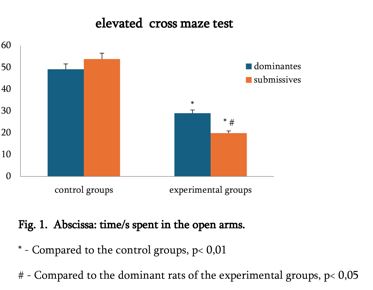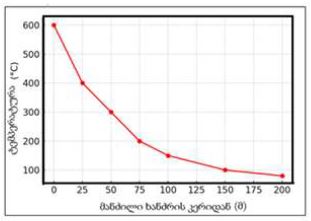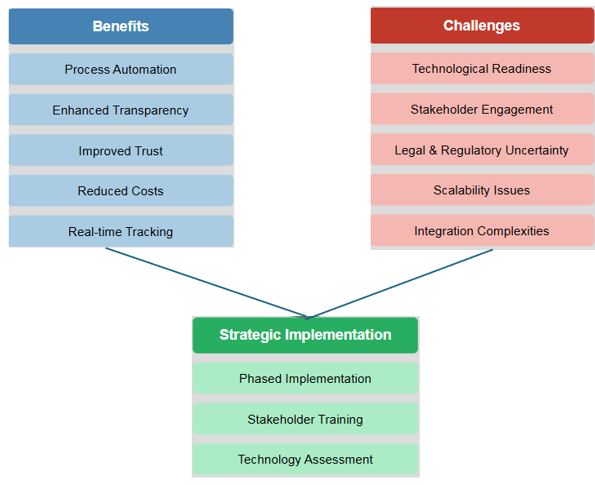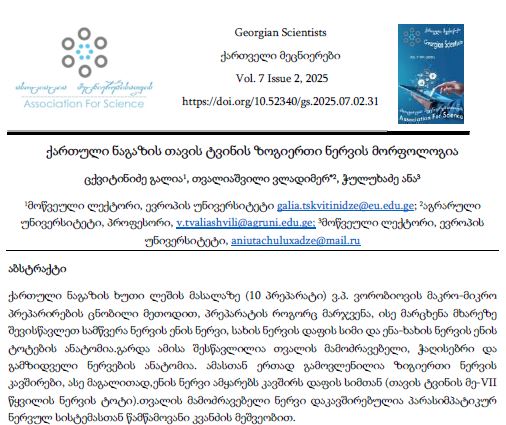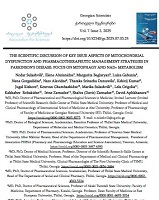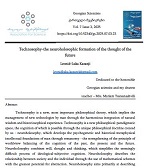Comparative analysis of the immunohistochemical expression of proliferation-apoptosis, epithelial-mesenchymal and hormone receptor markers in serous ovarian carcinoma and matched fallopian tube
Downloads
During recent years, there is an accumulating evidence that high grade ovarian carcinoma is developed from the fallopian tube epithelial lesions. However, this subject is not completely understood and still represents the subject of investigation. We investigated the histopathological and immunohistochemical features of fallopian tubes from the patients with serous ovarian carcinoma. The results of our study indicate that in nearly 1/3 of the ovarian serous carcinoma cases, there is the presence of epithelial lesions in fallopian tubes, which might indicate the common origin. In addition, the expression of proliferation-apoptosis, epithelial-mesenchymal and hormone receptor markers are similar in nearly 1/3 of matched fallopian tube lesions and high grade serous ovarian carcinoma. Which represents additional evidence of the origin of high grade serous ovarian cancer from fallopian tube lesions.
Downloads
Metrics
R. L. Siegel and K. D. Miller, “Cancer Statistics , 2020,” vol. 70, no. 1, pp. 7–30, 2020.
H. Sung et al., “Global cancer statistics 2020: GLOBOCAN estimates of incidence and mortality worldwide for 36 cancers in 185 countries.,” CA. Cancer J. Clin., Feb. 2021.
A. Chandra et al., “Ovarian cancer: Current status and strategies for improving therapeutic outcomes.,” Cancer Med., vol. 8, no. 16, pp. 7018–7031, Nov. 2019.
P. Naik et al., “Epithelial ovarian tumors: Clinicopathological correlation and immunohistochemical study,” J. Midlife. Health, vol. 6, no. 4, p. 178, 2015.
B. Soygur and D. J. Laird, “Ovary Development: Insights From a Three-Dimensional Imaging Revolution ,” Frontiers in Cell and Developmental Biology , vol. 9. 2021.
I. N. G. Budiana, M. Angelina, and T. G. A. Pemayun, “Ovarian cancer: Pathogenesis and current recommendations for prophylactic surgery.,” J. Turkish Ger. Gynecol. Assoc., vol. 20, no. 1, pp. 47–54, Feb. 2019.
S. Kyo, N. Ishikawa, K. Nakamura, and K. Nakayama, “The fallopian tube as origin of ovarian cancer: Change of diagnostic and preventive strategies.,” Cancer Med., vol. 9, no. 2, pp. 421–431, Jan. 2020.
S. H. L. George, R. Garcia, and B. M. Slomovitz, “Ovarian Cancer: The Fallopian Tube as the Site of Origin and Opportunities for Prevention,” Front. Oncol., vol. 6, p. 108, May 2016.
I. Shih, Y. Wang, and T. Wang, “The Origin of Ovarian Cancer Species and Precancerous Landscape,” Am. J. Pathol., vol. 191, no. 1, pp. 26–39, 2021.
S. Chen, X. Dai, Y. Gao, F. Shen, J. Ding, and Q. Chen, “The positivity of estrogen receptor and progesterone receptor may not be associated with metastasis and recurrence in epithelial ovarian cancer,” Sci. Rep., vol. 7, no. 1, p. 16922, 2017.
M. Buttarelli et al., “Identification of a novel gene signature predicting response to first-line chemotherapy in BRCA wild-type high-grade serous ovarian cancer patients,” J. Exp. Clin. Cancer Res., pp. 1–17, 2022.
P. Lee, D. G. Rosen, C. Zhu, E. G. Silva, and J. Liu, “Expression of progesterone receptor is a favorable prognostic marker in ovarian cancer.,” Gynecol. Oncol., vol. 96, no. 3, pp. 671–677, Mar. 2005.
J. Tan et al., “Expression of hormone receptors predicts survival and platinum sensitivity of high-grade serous ovarian cancer,” Biosci. Rep., vol. 41, no. 5, p. BSR20210478, May 2021.
R. Strauss et al., “Analysis of epithelial and mesenchymal markers in ovarian cancer reveals phenotypic heterogeneity and plasticity,” PLoS One, vol. 6, no. 1, pp. 1–20, 2011.
Copyright (c) 2022 Tamar Dzotsenidze , Arsen Gvenetadze , Mariam Gachechiladze , George Burkadze

This work is licensed under a Creative Commons Attribution-NonCommercial-NoDerivatives 4.0 International License.






